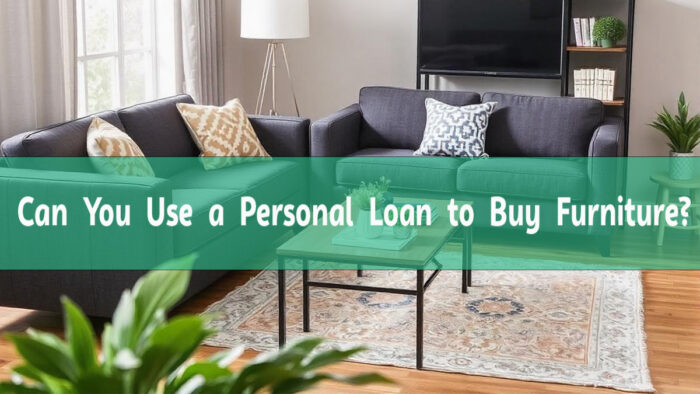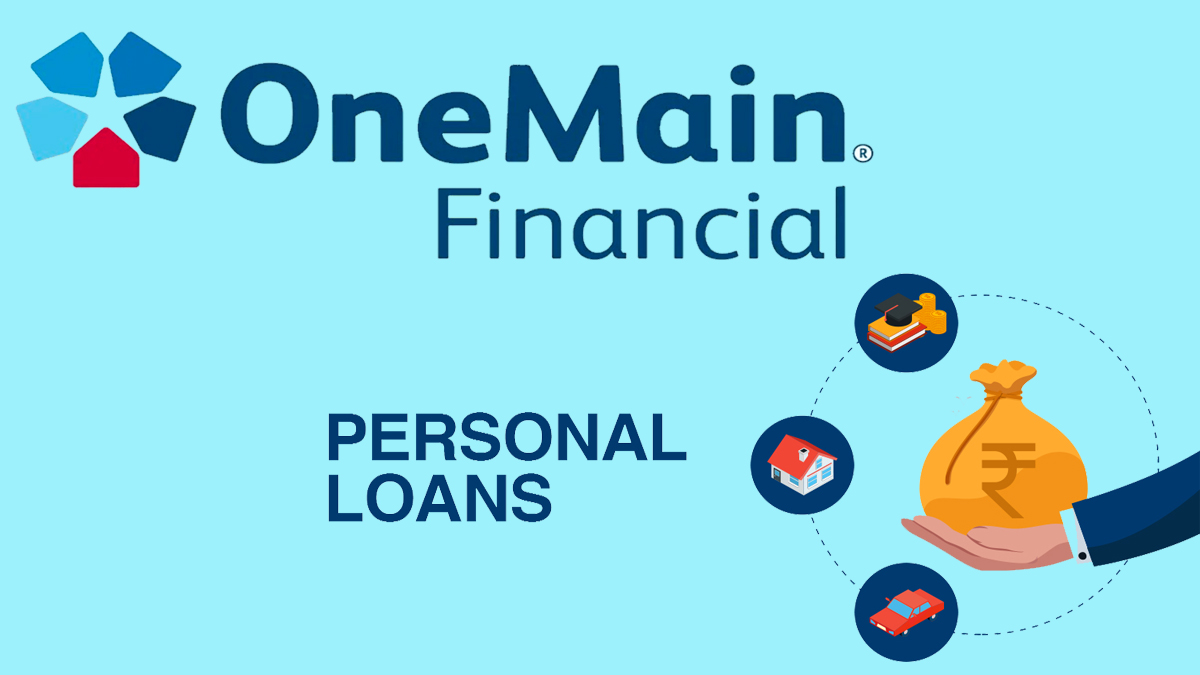Yes, you can absolutely use a personal loan to buy furniture. A personal loan is flexible, meaning you can spend the money on just about anything, including furnishing your home.

Since personal loans usually have fixed interest rates, your monthly payments stay the same, making it easier to plan your budget. Whether you’re looking to finance a single piece of furniture or a full home makeover, personal loans can cover a wide range of amounts to fit your needs.
However, before you get approved, lenders will check your income to make sure you can repay the loan. Be ready to provide documents like pay stubs or tax returns. They’ll also look at your debt-to-income (DTI) ratio, which compares what you earn each month to what you owe, to see if you can handle more debt.
When to Consider a Personal Loan for Furniture
Just as I have mentioned above, taking out a personal loan to buy furniture can be a smart move. However, it’s important to first look at your financial situation. Start by setting a budget and checking out different loan options to find the best deal.
Borrowing responsibly is very important. Pick a loan amount that fits comfortably within your budget and that you can easily repay. It’s also wise to compare offers from various lenders to get the best interest rates and terms. By thinking through your options and making informed decisions, you can find a loan that helps you improve your home without stretching your finances too thin.
Pros and Cons of Using a Personal Loan for Furniture:
Let’s take a look at the pros and cons of using personal loans to purchase furniture. They include;
Pros
- Flexibility: Personal loans aren’t restricted to specific purchases, so you can use the funds to buy any type of furniture, whether it’s a single piece or a complete set.
- Fixed interest rates: Most personal loans come with fixed interest rates, meaning your monthly payments remain consistent throughout the loan term, making it easier to budget.
- Predictable repayment: With fixed terms, you’ll know exactly how long it will take to pay off the loan and the total interest you’ll pay over time.
- Large loan amounts: Depending on your creditworthiness, you can borrow enough to furnish an entire home or just a single room.
Cons
- Cost of borrowing: Personal loans can be more expensive compared to other financing options. The interest rates can vary widely depending on your credit score and lender terms, potentially leading to higher overall costs.
- Debt-to-income ratio (DTI): Lenders will evaluate your DTI ratio before approving the loan. If you already have significant debt, taking on a personal loan may affect your ability to qualify for additional credit in the future.
- Longer repayment terms: While longer loan terms mean lower monthly payments, they also result in paying more interest over time. This can make the furniture significantly more expensive in the long run.
How to Apply for a Personal Loan
If you’re thinking about using a personal loan to buy furniture, it’s important to know what the application process involves.
• Research lenders
Start by checking out different lenders that offer personal loans for furniture. Look for those with good interest rates, fair terms, and positive reviews. You can consider options like online lenders, banks, credit unions, or even financing from the furniture store itself.
Gather Necessary Documents: You’ll need to provide certain documents when applying, such as proof of identity, income, and employment details. Having these ready will help in making the process very fast.
• Compare loan offers
Look at what different lenders are offering in terms of interest rates, loan terms, fees, and repayment options. If available, consider prequalification offers, which can give you an idea of the loan terms you might get without affecting your credit score.
• Submit your application
Once you’ve chosen the best lender for your needs, you will have to fill out the application for the loan correctly. You can usually do this online or in person. Make sure all your information is accurate to avoid any form of delay. The lender will run a credit check, which will help determine if you’re approved and what terms you’ll be offered. Approval times vary, but many online lenders can approve loans within a day or two, while traditional banks might take longer.
• Review and accept the loan offer
If you’re approved, the lender will send you a loan agreement with all the details, like the interest rate, loan amount, repayment schedule, and any fees. Review this carefully to make sure you understand and agree with the terms before signing.
• Receive the funds
Once you sign the agreement, the lender will transfer the funds to your bank account, often within a few days. With the money in hand, you can start shopping for furniture. Be sure to stick to your budget and make thoughtful purchases to get the most value from your loan.
Alternatives to Personal Loans for Furniture
You do not qualify for a personal loan; there are other options available for you. Some of them include;
- Savings: If possible, using your savings to purchase furniture is the most cost-effective option, as it avoids interest charges altogether.
- Store Financing: Many furniture stores offer promotional financing, sometimes with 0% interest for a set period. If you can pay off the purchase within this period, it could be cheaper than a personal loan.
- Credit Cards: Some credit cards offer promotional 0% APR periods, which can be an alternative if you can pay off the balance within the promotional period. However, you need to always remember about the high-interest rates after the promotional period is over.
- Buy Now, Pay Later (BNPL): Some retailers offer BNPL options, which allow you to split the cost into smaller, interest-free payments over time. However, read the terms carefully to avoid late fees or interest charges.
Personal loans can be a flexible way to buy furniture, offering fixed rates, fast access to cash, and no need for collateral. However, they might not always be the best choice. Before you go this route, explore other options like saving up, layaway plans, credit cards, in-store financing, or a home equity line of credit (HELOC). Each has its own advantages and drawbacks, so pick the one that fits your financial situation and goals.
Take time to understand all your options, compare them, and consider your financial situation. This way, you can make smart choices that improve your home while keeping your finances healthy. The key is to choose what best fits your budget and financial goals.



